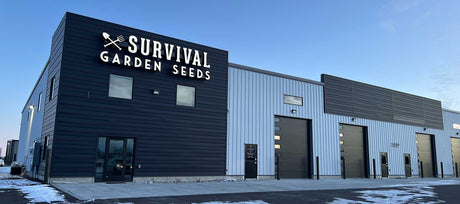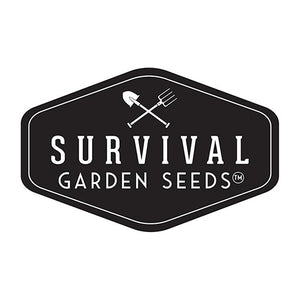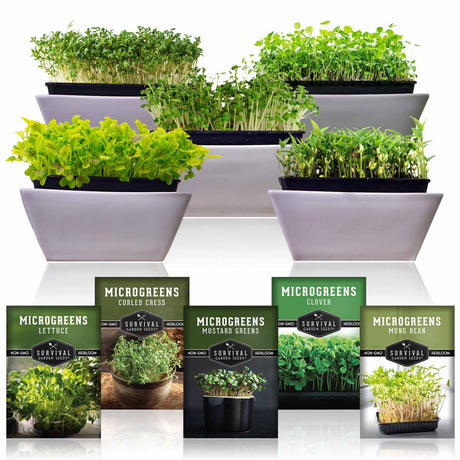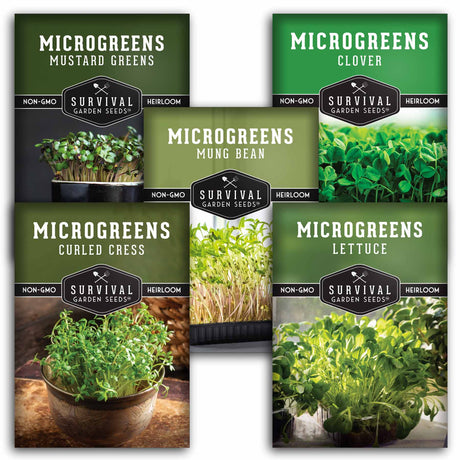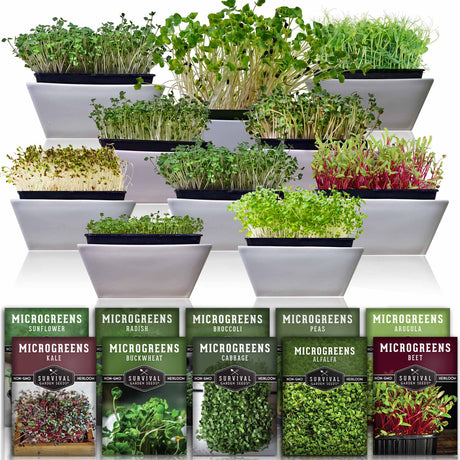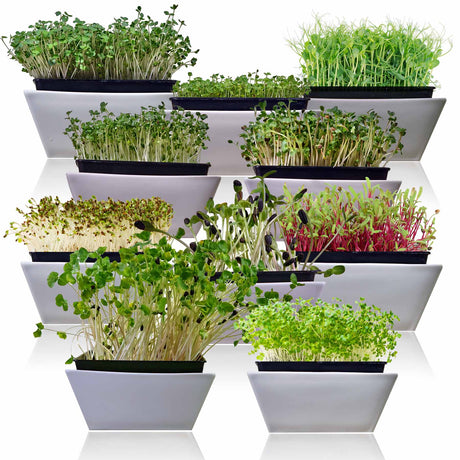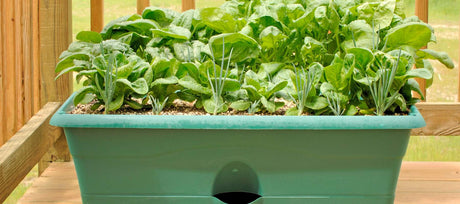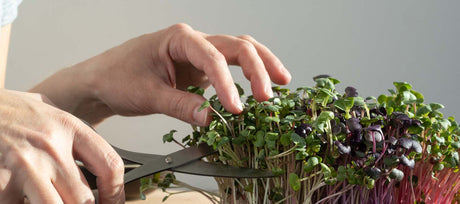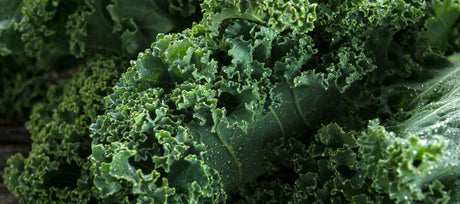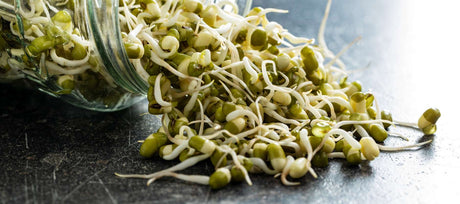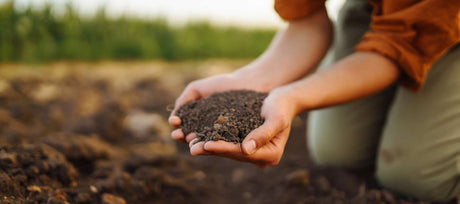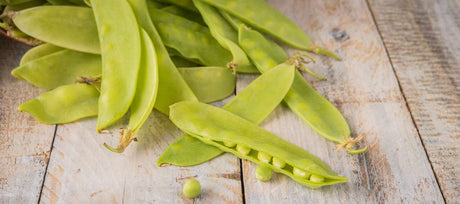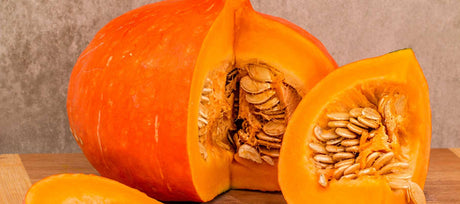Survival Garden Seeds offers customers many varieties of beans seeds, including creamy Lima bean seeds and Pinto bean seeds for flavorful dried beans that store exceptionally well in long-term storage and provide plant-based protein for your family. The non-GMO seeds we provide are selected for their germination rates and great potential for producing abundant, nutritious pods.
Growing Bean Seeds in Your Garden
- Nutritious and diverse varieties
- Thrives in warm, sunny locations
- Non-GMO, heirloom seeds
- Ideal fresh, canned, or dried
INTRODUCING BEAN SEEDS
Beans have an excellent reputation as a staple food crop that is rich in protein, which is one reason they have been cultivated all around the world for thousands of years. They improve soil health, and are a fundamental part of many diets, offering a range of nutrients and flavors. Various types of beans can grow well in USDA hardiness zones 3 to 13. They require a growing season free from frost to mature and produce pods.
HOW TO PLANT BEAN SEEDS
Bean seeds for planting go directly to the garden when the soil has warmed in spring. Sow them 1 inch deep, spacing them according to the instructions on your packet. Pole beans require a trellis or other form of support to grow up and allow easy harvest. Beans will typically germinate within one to two weeks. Stagger plantings every two weeks for a continuous supply of healthy bean pods.
MAINTAINING BEAN PLANTS
Beans require consistent, moderate watering, especially during flowering and pod development. Avoid wetting the foliage to reduce the risk of disease. Bush varieties are typically easy to grow without additional support but can benefit from staking if the plants get large. Pole beans like support to climb. Regular harvesting encourages more pod production. Beans are generally pest-resistant, but keep an eye out for aphids and bean beetles.
Start picking your favorite bean seeds from Survival Garden Seeds' collection. These versatile plants provide delicious flavor, healthy protein, and a lot of fun for your family. They can be eaten fresh or dried, canned, and frozen for long-term storage. Whichever varieties you prefer, you’ll love how easy and rewarding it is to grow beans in your home garden.
